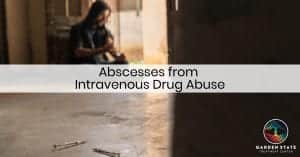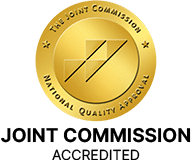
Tag: Alcoholism
Alcoholism is, broadly, any drinking of alcohol that results in significant mental or physical health problems.

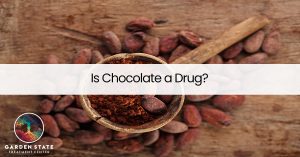
Is Chocolate a Drug?
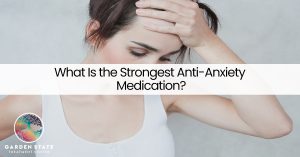
What is the Strongest Anti-Anxiety Medication?
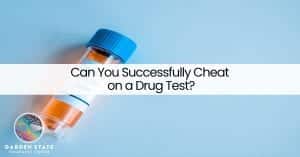
Can You Successfully Cheat on a Drug Test?
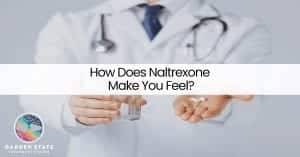
How Does Naltrexone Make You Feel?

What Happens if You Snort Suboxone?
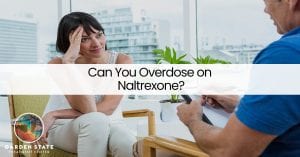
Can You Overdose on Naltrexone?
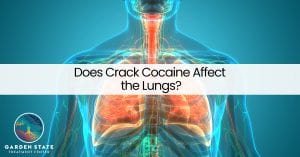
Does Crack Cocaine Affect the Lungs?
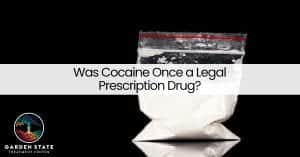
Was Cocaine Once a Legal Prescription Drug?
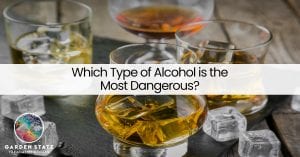
Which Type of Alcohol is the Most Dangerous?
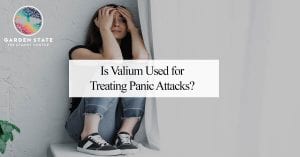
Is Valium Used for Treating Panic Attacks?
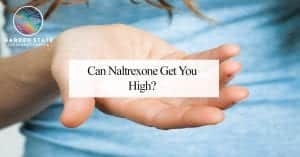
Can Naltrexone Get You High?
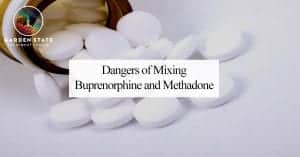
Dangers of Mixing Buprenorphine and Methadone
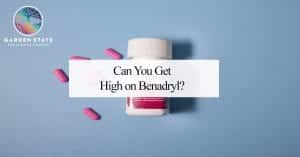
Can You Get High on Benadryl?
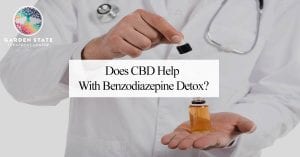
Does CBD Help With Benzodiazepine Detox?

How to Find a Power Greater Than Ourselves

Can You Get High on Propofol?
